Jungkook Pictures to Trace That Are Easy
Tracing pictures is a fun and easy way to create a picture or image that has the exact same details. By using a template, you can get an exact copy of what you want to draw. There are many methods when it comes to easy-trace drawings, so let us go through a few of these to find the best one for you.
Table of Contents
- 1 How to Trace a Picture
- 1.1 Easy-Trace Drawings
- 1.2 Tracing and Drawing Techniques That Require Additional Materials or Equipment
- 1.3 Here Are Some More Fun Methods for Tracing Pictures
- 2 Frequently Asked Questions
- 2.1 How to Trace a Picture Onto Canvas?
- 2.2 How to Trace a Picture From Your Phone?
- 2.3 Why Do Artists Trace Pictures?
How to Trace a Picture
What is the purpose of finding cool drawings to trace over? Tracing pictures is simply a way to take a template and use it to create an exact copy on paper. You might find tracing and drawing easier if you find drawing freehand difficult or if you are in a hurry to complete a project. Tracing pictures helps you to get accurate detailed images in a faster time.
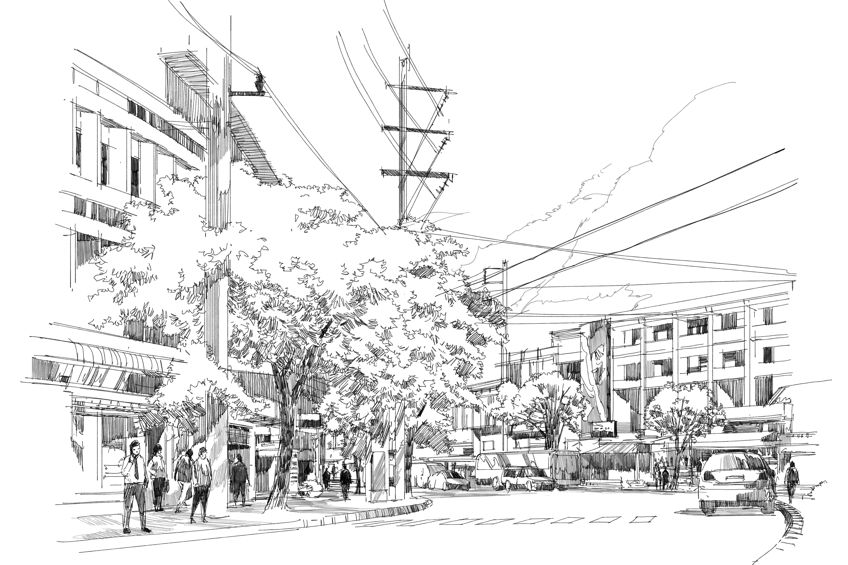
Finding things to trace can also be a way you can train yourself to draw. You can develop a feeling for various shapes and learn how to create the correct proportions. So, as you continue tracing pictures, you can develop your drawing skills. There are quite a few tracing techniques, some of them easy and simple to do, while others require a little more effort.
Below are some of these techniques.
Easy-Trace Drawings
As mentioned, there are more challenging methods for tracing pictures. Before we get into these, we are going to go through a few techniques that are extremely simple and easy to do. Also, with these methods, you will not need a lot of materials or tools to complete your projects.
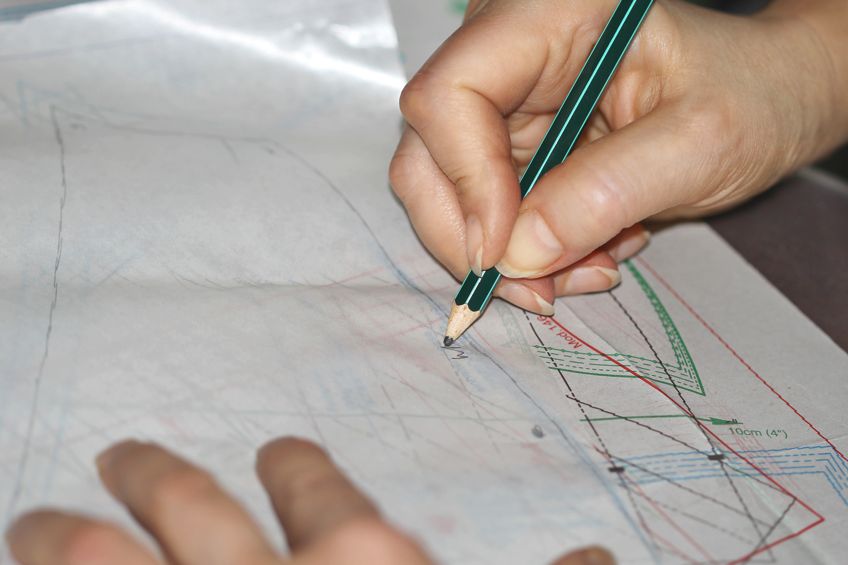
Light and Paper
This is one of the more simple and quick ideas you can try and does not require any special materials. You simply place a thin sheet of paper over your chosen image and use a pencil to draw or trace over the visible lines and images. You will need to have a template image that is dark enough to see through the thin paper. You will also need to have enough light to see what you are tracing.
Tracing using a window might provide more light, however, it can also be a little uncomfortable as you will be working with your arms up. Finding simple things to trace with less detail might be best for this method.
It is not necessary, but if you find that you are having difficulty tracing the images because the paper is moving too much, you can secure the template image with some tape. If you need more light, you can tape the template to a window, which should provide more than enough light for you to trace over the image.
Using Tracing Paper
This is another easy way for you to trace images. This is a bit better than simply using paper, as you can get the finer details and lines much better. You will need to purchase some tracing paper, then place it over the design you wish to trace. Even though you can get finer details, it is easier to do, the simpler the image is. You can also use baking paper for this method, but you will get a clearer image when using proper tracing paper. Here is how to use tracing paper.
- Make sure the entire image you want to trace is covered by the tracing paper. You can then tape the edges down to keep everything in place.
- For good results, you can use a graphite pencil. You cannot use a marker or pen as the image will not transfer.
- Trace and mainly follow all the lines and details, you do not have to worry about shading for the moment.
- You can use erasures to remove any mistakes, just do it carefully to avoid tearing the paper.
- Once done, you can remove the tape carefully and slowly lift the tracing paper off. If you do notice something is missing, carefully return the paper so you can trace over anything you missed.

- Now you can transfer your drawing onto another surface, this could be another piece of paper or canvas.
- The surface you transfer to needs to be a light color so that the pencil marks stand out.
- Place the tracing paper face down onto your new surface, and tape down the edges to secure it in place.
- You can rub the back of the transfer paper with the back of your pencil or some other hard surface. Try not to do this too vigorously, to avoid smearing the markings and tearing the paper.
- The graphite from the pencil should come off onto the surface below.
- Remove the tape and the tracing paper. You should find that the image has now been transferred to the surface below.
- You can then go over the lines and include some details. Finish it off by adding paint or some other medium until you are satisfied with the results.
How to Trace a Picture Onto Canvas
You can easily use tracing paper to copy your image onto a canvas. Make sure to use graphite pencils, as these are darker and will transfer more readily onto your canvas surface. Another method of how to transfer an image onto canvas is the grid method.
This is a little more challenging and can take some time to complete.
This method uses a grid system, where you draw onto the canvas, for example, one-inch squares. This same grid is used on your reference photo. You then follow the grid and copy the image over onto the grid on the canvas surface. However, one of the more prevalent techniques is to use transfer paper for a canvas.
- Print out a copy of your chosen reference photo, which could be a photocopy or an inkjet printout. The image should be printed the size you want your canvas image to be.
- Get your transfer paper and make sure it is the same size as your printout or reference photo.
- You can secure the transfer paper onto the canvas surface, making sure the correct side is being used. Preferably use artist tape, as it comes off more easily and is acid-free.
- Take your reference photo and place this on the transfer paper. Position it carefully and then secure it with some tape. You do not want anything moving around, as it is difficult to realign the image again.

- Once everything is down and secure, you can begin tracing the image.
- Consider using a mechanical pencil, as you do not have to keep sharpening it and you can get the finer details down.
- Make sure to cover all the outlines of the image, including the highlights, shadows, and details as much as possible.
- You can also make specific markings where you know there is a color change or a change in light or dark in the image. This is to help when you begin painting your image on the canvas.
- Graphite paper can be messy, so you should wash your hands after you are done tracing and before you remove the transfer paper.
Printing Cool Drawings to Trace Over
This is another simple method for transferring an image, using a printed image and a graphite pencil. You can take an image from your computer, or you can scan an image and then print it out. The printed image is now your template.
Once you have the printout, take the graphite pencil, and use the hatching drawing technique on the back of the paper and image. This means you form narrow lines that are horizontal and vertical over each other.
Once this is done, turn the printed paper template around and place a clean sheet of paper underneath. This means the graphite pencil marks on the back are facing down onto the clean piece of paper or canvas. You can then trace your design or image, which should then transfer onto the surface below.
Tracing Pictures With Transfer Paper
Transfer paper is similar to carbon paper, but this is not used as much as in the past. When using either transfer paper or carbon paper, you place this under some writing or drawing paper and a copy will be made of whatever your write or draw onto the surface below these two top layers. Transfer paper is typically used by tattoo artists to create stencils.

Transfer paper or graphite paper only uses erasable graphite. Carbon paper is usually coated with wax, which makes it difficult to erase anything. The transfer paper that artists use also leaves a lot less residue behind than carbon paper and can also come in a variety of colors.
Pencil Rubbing
You might have seen this on television or done it yourself. Take a pad of paper that someone has written on, but the top piece of paper has been removed. You can recover what the person wrote on the top piece of paper by rubbing it over the bottom surface. The writing will have left an indent or impression.
You can simply place a piece of paper over the surface you wish to use, then use a pencil at a slight angle to rub over the area.
This is the basics of pencil rubbing. Rubbings are generally not clear and do not get a complete representation, but you can make out more or less what the image or letters are. You can also do a rubbing on a surface that is raised, which is known as embossing, while the sunken-in version is engraving. So, you need to have texture on the surface for pencil rubbing to work.
Tracing and Drawing Techniques That Require Additional Materials or Equipment
When working on how to trace a picture, some methods do require certain equipment and materials. Some of these methods are quite expensive, as you need to have the equipment to complete a project.
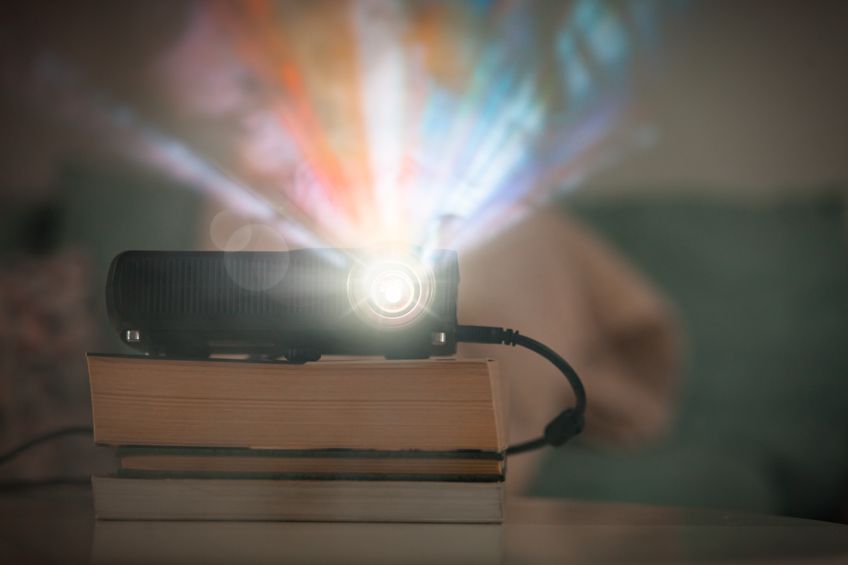
Tracing Pictures With a Lightbox
When doing tracing and drawing often, you might want to get yourself something that makes the process easier for you. This is where is lightbox comes in handy and is a more comfortable option than most. The lightboxes are also called light boards or light pads.
Lightboxes have a clear screen, with a light source on the inside.
When the lightbox is on, you can place most papers on the surface, and observe an image underneath. So, you place your image on the surface and secure it in place, and then your paper on top. When the light source is on, you can see the image through the paper. You can then trace the basic shapes and contours of the image with a pencil. When using a lightbox, you can even begin shading in areas instead of only tracing lines.
Once done, turn off the light source and check to see if you missed anything. If you have, simply turn the light back on and add in the missing details. You can then finish up by adding color and further details using the lightbox or not.

The lightboxes most commonly come in sizes from A4 to A2, however, there are larger options also available. The brightness of the light produced can also usually be adjusted, so you can use it on varying thicknesses of paper. Many of the light boards are also portable and battery-operated. There are even light pads available that are more durable for kids, as they have more padding and stronger surfaces that do not scratch easily.
Tracing Pictures With a Projector
You can also use a projector to transfer or trace images onto any surface. The one advantage that stands out with this option, is that you can use almost any size without issues. If you want, you can trace an image onto the wall. All you need is your projector and something to hold the projector in place, like a camera stand.
You can also use the projector any time, you do not have to wait for daytime lighting.
The main disadvantage is the position of the image, as you can only trace a vertical image, which can become uncomfortable. You also tend to stand in front of the image, which can cause shadows to fall over the surface you are working on. However, if you are willing to pay more and get more equipment, there are ways to adjust the projector, so it faces down onto a flat surface.
Here Are Some More Fun Methods for Tracing Pictures
The above are some of your more common tracing ideas, however, there are more fun ideas you can use for tracing pictures. Most of these are also easy and do not require any extra materials and you can use what you have available.

Using a Wet Marker for Tracing Pictures
You can use wet-erase markers on a sheet protector, which is usually made from plastic. Place your picture or image into the sheet protector, it has to be A4 size or smaller. Draw or trace the image lines straight onto the sheet protector surface. Once done, spray a fine mist of water over the surface. You can then transfer the wet marker image by placing paper over the wet surface.
This will create a mirror image but be careful not to get any marker onto your hands or clothes.
How to Trace a Picture From Your Phone
You can use your phone, or preferably an iPad as the surface area is a bit bigger than your average cellphone. The easiest idea is to use any image you can find on your device, and then simply go to settings, then accessibility, and disable touch on the device. You can also use a simple flashlight app, which when in use provides you with an all-white screen. Gently press down when using this method.
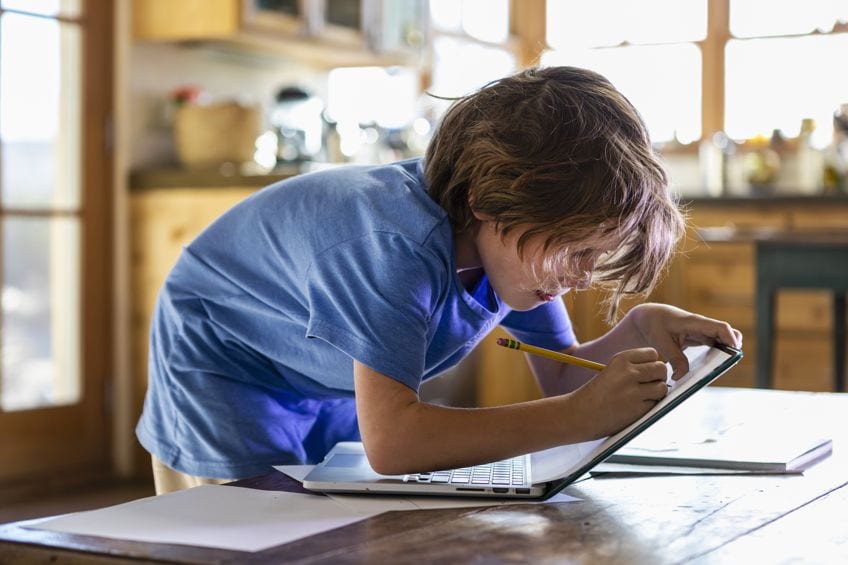
However, you might want to rather try some of the applications available. These applications or apps, allow you to virtually project an image onto a surface, which you can then trace. Some are free, while others are paid applications from Google Play or Apple. Below are a few recommendations.
- Da Vinci Eye app
- Tracing projector app
- Papercopy – Tracer app
- Tracer! Lightbox tracing app
- SketchAR app
Shadow Tracing
This is a fun and entertaining tracing method and is a wonderful way to keep the kids busy on sunny afternoons. For this to work, you do need the sun to be shining. The process is extremely easy and can be done using a variety of objects. The sun does need to be at an angle low enough in the sky to produce a long shadow.
The first idea is to have someone stand in the sun; they can take up different poses. The sun will then cast a shadow onto the floor. You can then take a large piece of paper and trace the shadow outline. You could also use chalk if done on the pavement outside.
It is quite easy to find things to trace like dinosaurs, horses, or any other shape. Place these on the floor in the sun together with a piece of paper. The shadows should project onto the paper, and you can then draw the outlines.
Air Image Tracing
This is a bit more challenging as you are drawing from what you see at a distance. You can stand a few feet away and then hold up your thumb or a pencil out in front of the object. You then trace or follow along the lines of the object. This is a common method used by the artist who is drawing from real life and not from a photo or image.
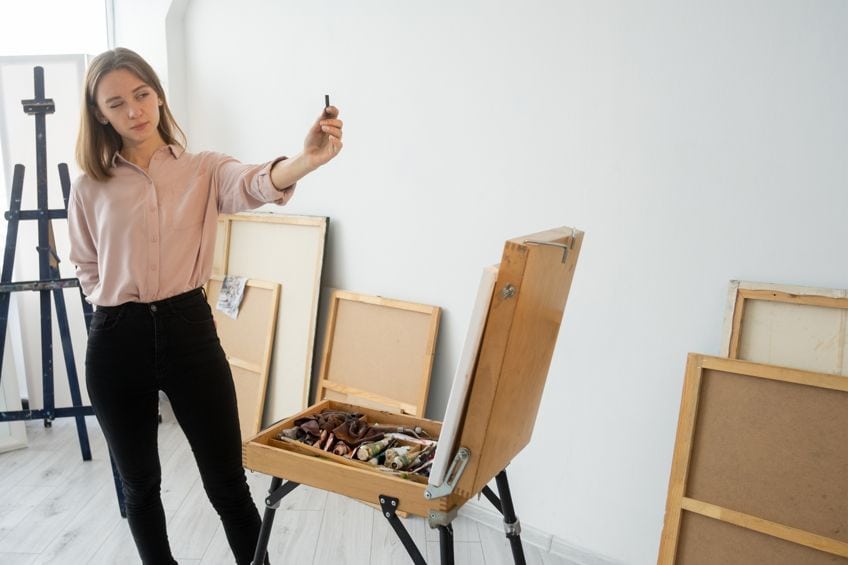
As you can see, tracing a drawing or picture can be done in many different ways. You can stick to the traditional methods, or you can try the more challenging and fun ways of tracing pictures. Whatever approach you decide on, you are sure to create something wonderful.
Frequently Asked Questions
How to Trace a Picture Onto Canvas?
You can do this in more than one way, the first being tracing paper. You can also use transfer paper, or use a graphite pencil on a printed image, which you can then trace over onto the canvas. You could also use a projector and the virtual tracing applications on your phone.
How to Trace a Picture From Your Phone?
There are various ways this can be achieved. You can simply deactivate the touch settings on your phone so you can work on the surface with paper and a pencil. You could also use the phone like a lightbox and download a torch app, which provides a white screen. Then there are a few tracing apps you can download.
Why Do Artists Trace Pictures?
Tracing is a technique that many artists use, it helps to speed the process up so saves time and it also makes sure the final image is completely accurate. Tracing can also be a tool to help develop drawing skills as you can focus on the image and do not have to stress if you are getting it right.
Source: https://artincontext.org/tracing-pictures/
0 Response to "Jungkook Pictures to Trace That Are Easy"
Enviar um comentário